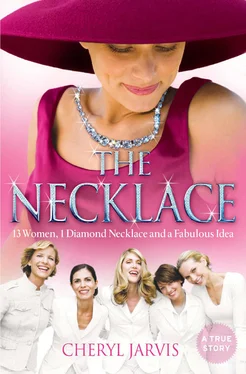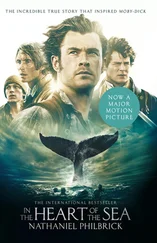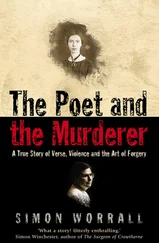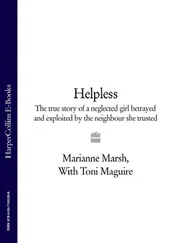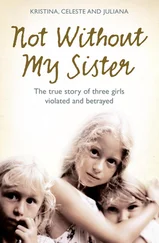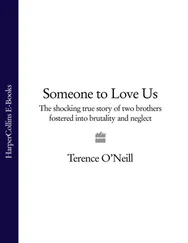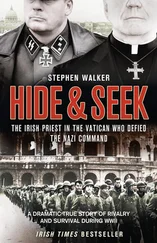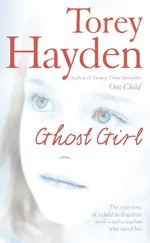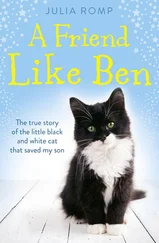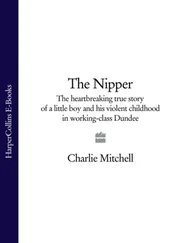
A true story of 13 women, 1 diamond necklace and a fabulous idea
For our families and friends and for women everywhere who imagine possibilities
Here we are, women who have been the beneficiaries of education, resources, reproductive choice, travel opportunities, the Internet and a longer life expectancy than women have ever had in history. What can and will we do?
– Jean Shinoda Bolen
Cover Page
Title Page The Necklace A true story of 13 women, 1 diamond necklace and a fabulous idea
Dedication For our families and friends and for women everywhere who imagine possibilities
Epigraph Here we are, women who have been the beneficiaries of education, resources, reproductive choice, travel opportunities, the Internet and a longer life expectancy than women have ever had in history. What can and will we do? – Jean Shinoda Bolen
PREFACE PREFACE ON THE 18TH OF SEPTEMBER 2004, thirteen women in Ventura, California clubbed together to buy a diamond necklace. Within months the media had picked up their story. People magazine ran a feature. Katie Couric reported on the venture for the Today show. Other segments followed on magazine and news programmes in Los Angeles. Fox Searchlight Pictures bought the movie rights. Because the group was in its infancy, the flurry of news stories barely got beyond the purchase. No one knew then where the necklace would lead, least of all the thirteen women who’d bought it. How would sharing a necklace work? Would there be catfights and chaos? Did they all want the same thing from the experiment? Would friendships fizzle and marriages falter? How would it affect them all? Here’s the whole story, the real story, from the first sparkle.
CHAPTER ONE Jonell McLain, the dreamer
CHAPTER TWO Patti Channer, the shopping queen
CHAPTER THREE Priscilla Van Gundy, the loner
CHAPTER FOUR Dale Muegenburg, the stay-at-home wife
CHAPTER FIVE Maggie Hood, the adventurer
CHAPTER SIX Tina Osborne, the reluctant
CHAPTER SEVEN Mary Osborn, the competitor
CHAPTER EIGHT Mary Karrh, the practical one
CHAPTER NINE Nancy Huff, the extrovert
CHAPTER TEN Roz Warner, the leader
CHAPTER ELEVEN Jone Pence, the designer
CHAPTER TWELVE Mary O’Connor, the rock’n’roller
CHAPTER THIRTEEN Roz McGrath, the feminist
CHAPTER FOURTEEN The Experiment
Acknowledgements
About the Author
Copyright
About the Publisher
ON THE 18TH OF SEPTEMBER 2004, thirteen women in Ventura, California clubbed together to buy a diamond necklace. Within months the media had picked up their story. People magazine ran a feature. Katie Couric reported on the venture for the Today show. Other segments followed on magazine and news programmes in Los Angeles. Fox Searchlight Pictures bought the movie rights. Because the group was in its infancy, the flurry of news stories barely got beyond the purchase. No one knew then where the necklace would lead, least of all the thirteen women who’d bought it.
How would sharing a necklace work? Would there be catfights and chaos? Did they all want the same thing from the experiment? Would friendships fizzle and marriages falter? How would it affect them all?
Here’s the whole story, the real story, from the first sparkle.
CHAPTER ONEJonell McLain, the dreamer
Making an idea happen
JONELL MCLAIN WAS SITTING LOOKING at the piles of paper that surrounded her, struggling not to feel overwhelmed. She wondered why she could never clear her desk, never cross off the forty-five tasks on her to-do list. Were there always forty-five things on that list? It certainly seemed that way. She felt like Sisyphus, the king in the Greek legend who was condemned to push the same rock up a mountain, over and over again. Some days she felt as though all she accomplished was moving piles from one corner of her desk to another. Some papers she could swear she moved a hundred times. Part of the problem was that she was full of ideas, so she was continually adding new projects to the list. Executing them – well, that was a skill she hadn’t yet totally mastered.
Today, the list didn’t make her feel as queasy as it often did. She’d just completed a deal on a house and was feeling the high that estate agents get when they finally receive their big commission cheques. This one represented three months of work and emotional exhaustion. People bought homes when they were undergoing major life changes, so naturally they were on edge, but the shock of prices on the West Coast made buyers moving to California especially anxious.
Because the work was so stressful, Jonell always rewarded herself after each deal was completed. She hadn’t decided what to buy herself this time but she headed to the shopping centre to buy her clients a luxurious box of chocolates, part of a gift basket she’d leave to welcome them to their new home.
The Pacific View Mall was the only shopping centre in Ventura, a California beach town 96 kilometres north of Los Angeles. Jonell walked quickly through the dusty-pink shopping enclave, slowing only to glance into the windows of Van Gundy & Sons, a decades-old, family-owned jewellery shop – the Tiffany’s of Ventura. And despite her errand, she came to a stop. She stared.
In the centre display case a diamond necklace glittered against black velvet. A few years earlier she’d searched unsuccessfully for a simple rhinestone necklace to wear to a formal event. Now here it was, the exact one she’d had in mind. The diamonds were strung in a single strand all the way to the clasp; the centre diamond was the largest and the two closest to the clasp the smallest. The gradations were minuscule, the effect breathtaking.
But this was Van Gundy’s. There was no way this necklace was made of rhinestones.
Jonell rarely wore good jewellery, though she owned a little of it – diamond wedding rings from two husbands, 14-carat-gold earrings, pricey watches. Luxury jewellery was something else. She wondered what a really expensive piece of jewellery looked like up close. What would it feel like to wear something so beautiful and extravagant?
On a whim she entered the shop. ‘Could I see the necklace in the window?’ she asked nonchalantly, as if she did this every day.
She reached up to touch the delicate gold chain she wore. Back in 1972 a boyfriend had given her this necklace, which had a peace symbol pendant, and in 2003, at the start of the war in Iraq, she’d put it on again. She placed the diamond stunner over her old gold charm. It was, she thought, simply exquisite – and exquisitely simple.
She took a breath, and as she breathed out, she asked the price.
‘Thirty-seven thousand dollars.’
Jonell couldn’t stop herself gasping. All she could think was: ‘Who buys a thirty-seven-thousand-dollar necklace?’
She looked in the mirror again. She thought back to the choices she’d made in her life, the ones that guaranteed she could never afford a necklace like this. She thought about how different her life might have been if she’d invested herself more in a career or married a wealthy man. If she’d worked harder, maybe she could have generated the kind of money that would enable her to indulge in this kind of luxury. In the end, none of this mattered, not really. In a world overflowing with need, the idea of owning a thirty-seven-thousand-dollar necklace was morally indefensible to Jonell, who’d acted as a mentor for disadvantaged kids for six years. Lost in these thoughts, she heard only snippets of the saleswoman’s description: ‘118 diamonds…brilliant-cut…mined from non-conflict areas…15.24 carats.’
Читать дальше
